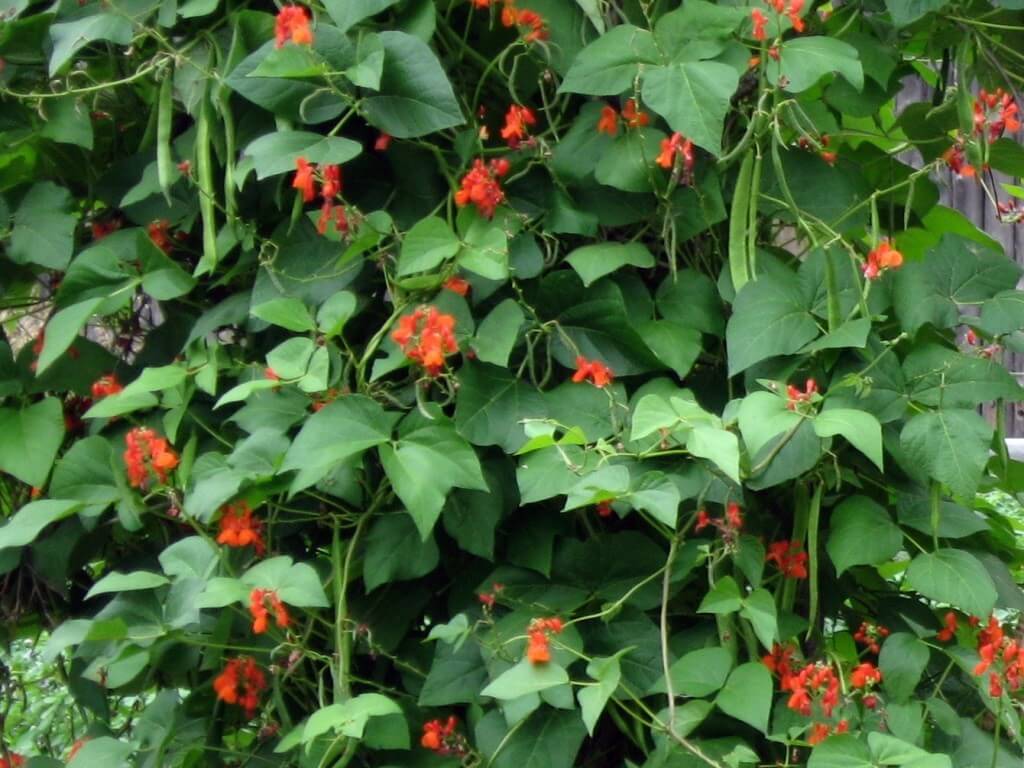Description
Botanical name
Phaseolus coccineus
Family
Fabaceae (Legume family)
Spacing
When planting outdoors, space bean plants approximately 6-8 inches (15-20 cm) apart.
Depth
Plant bean seeds at a depth of 1-1.5 inches (2.5-3.8 cm) in the soil.
Sun & Soil Requirements
– Scarlet Runner requires full sun, preferably 6-8 hours of direct sunlight per day.
– They thrive in well-drained soil that is rich in organic matter.
Indoors
Beans are typically directly sown outdoors. However, you can start them indoors 2-3 weeks before the last frost date if you prefer. Use biodegradable pots or peat pots to minimize root disturbance during transplanting.
Outdoors
Directly sow bean seeds outdoors after the danger of frost has passed and the soil has warmed up, typically around late spring or early summer.
Germination Time
Bean seeds usually germinate within 7-10 days, depending on temperature and growing conditions.
Companion planting
Scarlet Runner beans can be grown alongside vegetables like carrots, cucumbers, and brassicas. They also benefit from being planted near herbs like basil and borage.
Watering requirements
Keep the soil evenly moist throughout the growing season. Aim to provide about 1 inch (2.5 cm) of water per week through rainfall and supplemental watering.
Fertilizer requirements
Beans are legumes that have the ability to fix nitrogen in the soil. Therefore, they generally have lower fertilizer requirements. However, incorporating well-composted organic matter into the soil before planting can provide beneficial nutrients.
Pests
Common pests that may affect beans include aphids, bean beetles, and spider mites. Monitor plants regularly and use organic pest control methods such as handpicking, insecticidal soaps, or neem oil if necessary.
Timing
Directly sow bean seeds outdoors after the danger of frost has passed and the soil has warmed up. This is typically around late spring or early summer.
Growing
Scarlet Runner beans are vigorous climbers and require sturdy support such as trellises, fences, or bean poles. Regularly prune or train the vines to prevent them from becoming too overwhelming.
Harvest tips
Harvest the bean pods when they are young and tender, usually around 7-10 days after flowering. The pods are typically harvested before the beans inside fully mature. Gently snap or cut the pods from the plant.
Season tolerance
Scarlet Runner beans are warm-season crops and prefer temperatures between 70-85°F (21-29°C). They are generally frost-sensitive and require a frost-free growing season.




